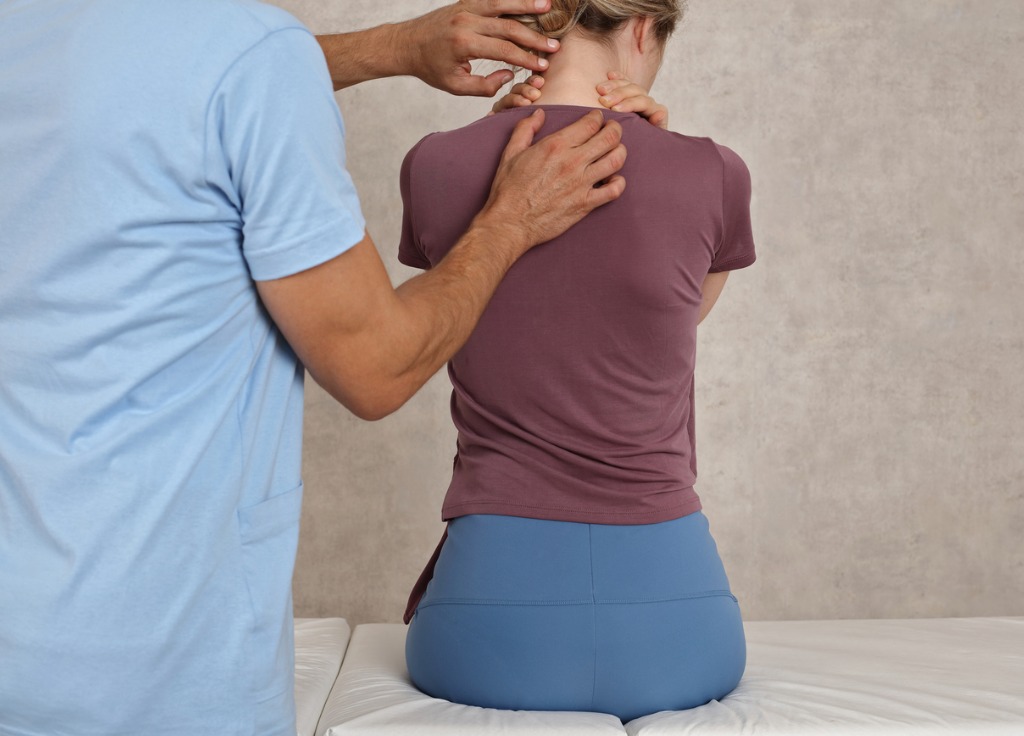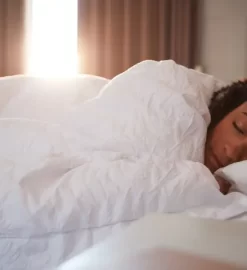What You Need to Know About Kyphosis

Did you know that your spine has natural curves? These curves help to keep your balance, absorb shocks, and support your head and neck. It is an abnormal curve of the spine that causes the back to look excessively rounded. Shrewsbury Kyphosis can lead to back pain and difficulty breathing in severe cases.
Kyphosis is a spinal deformity in which the back has abnormal forward rounding. The condition is also sometimes called round back or hunchback. Kyphosis can affect people of any age, but it is most common in adolescents and young adults.
There are two types of kyphosis:
- Structural kyphosis
You also need to know that structural kyphosis can be progressive, which can worsen over time. It is a type of kyphosis caused by problems with the bones or joints in the spine. This can be due to birth defects, injury, or disease.
- Postural kyphosis
It is the most common type of kyphosis and is usually caused by poor posture. Slouching or hunched forward for long periods can lead to postural kyphosis. This type of kyphosis is usually not progressive and can be corrected with exercises and physical therapy.
The good news is that most cases of kyphosis are mild and do not require treatment. However, severe cases of kyphosis can be painful and may require treatment. Treatment options for kyphosis include:
Exercises
When it comes to kyphosis, exercises are crucial. They can help to improve your posture and strengthen the muscles around your spine. This can ultimately help to reduce the severity of your kyphosis. Some of the recommended exercises for kyphosis include:
- Cobra pose: Lie on your stomach with your hands on either side. Slowly arch your back and lift your head and chest off the ground. Hold this position for 30 seconds to one minute.
- Cat-cow pose:. Begin on all fours, hands, and knees with your shoulder-width apart. Arch your back and gaze up at the ceiling as you inhale. Exhale by rounding your back and tucking your chin to your chest.
- Child’s pose: This exercise is frequently used as a resting position in yoga. Start on all fours, hands, and knees with your shoulders width apart. Extend your arms in front of you. Hold this position for 30 seconds to 1 minute.
Physical therapy
If exercises alone do not improve your kyphosis, you may need to see a physical therapist. They can help develop an individualized exercise program specifically designed for you. Physical therapy can also help to increase your range of motion and flexibility.
Surgery
In severe cases of kyphosis, surgery may be necessary to correct the curve in your spine. Surgery is usually only recommended if other treatments have failed to improve your condition. Several different types of surgeries can be used to treat kyphosis. The type of surgery will depend on the severity of your kyphosis and the underlying cause.
If you have kyphosis, you must see your doctor at the Center for the Functional Restoration of the Spine so they can monitor the condition and recommend the best treatment option for you. Kyphosis is a relatively common condition that can be easily managed with the help of a doctor.



